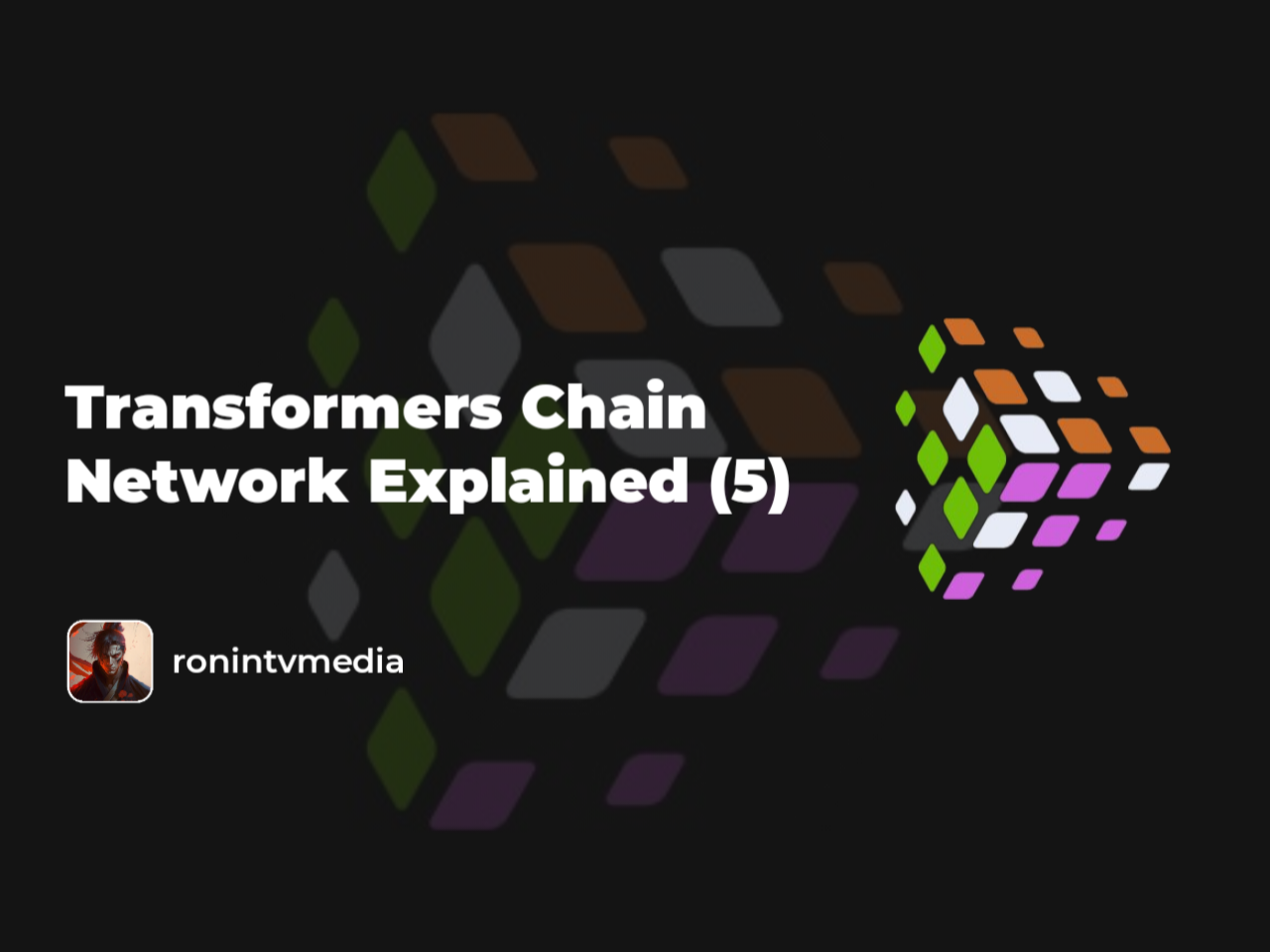
VRF(Verifiable Random Function)
VRF was proposed by Silvio Micali et al. in 1999 as a verifiable pseudo random function. VRF accepts an input and generates a random output based on the holder's private key. At the same time, VRF can also generate a proof that allows others to verify the correctness of the output using the corresponding public key without knowing the private key.
Characteristics of VRF
Verifiability: The core advantage of VRF is its verifiability. The random numbers generated by VRF can be accompanied by a proof, and anyone can use the public key to quickly verify the validity of the proof, ensuring the authenticity and correctness of the random numbers.
Security: VRF has high security, and its random number generation process depends on the private key and cannot be predicted or tampered with by external attackers. Meanwhile, the implementation of VRF is usually based on elliptic curve cryptography, which has strong cryptographic security.
Decentralization: VRF can be applied to decentralized scenarios, such as blockchain consensus algorithms. By using VRF to select leaders or validators, it can ensure that the entire process does not rely on centralized authoritative institutions, and improve the degree of decentralization of the system.
Difficult to tamper with: The random numbers generated by VRF and their proofs are unique for the given input and private key, making the output of VRF difficult to tamper with. Even the holder of the private key cannot generate different valid random numbers to deceive other participants.
Fairness: VRF can ensure that the generated random numbers have fairness, as it is not affected by any external factors. This makes VRF fair in scenarios such as lottery and blockchain consensus, preventing manipulation and cheating.
Scalability: VRF has good scalability and can be applied to large-scale distributed systems. Due to the relatively efficient validation process of VRF, it can support a large number of participants to perform random numbers.
In summary, Ed25519 is a high-performance digital signature algorithm based on elliptic curve encryption. It provides high security and performance, as well as shorter signatures and public keys, making it an ideal choice for modern cryptography applications. VRF, as a cryptographic random number generation method with verifiability, uniqueness, and unpredictability, is widely used in scenarios such as blockchain consensus algorithms, privacy protection, and random lottery.
With the continuous development and optimization of VRF technology, its applications in real life will become more diverse, providing reliable randomness and security guarantees for various scenarios. Transformers chain integrates these two excellent algorithms, laying a solid foundation for the security of transformers.